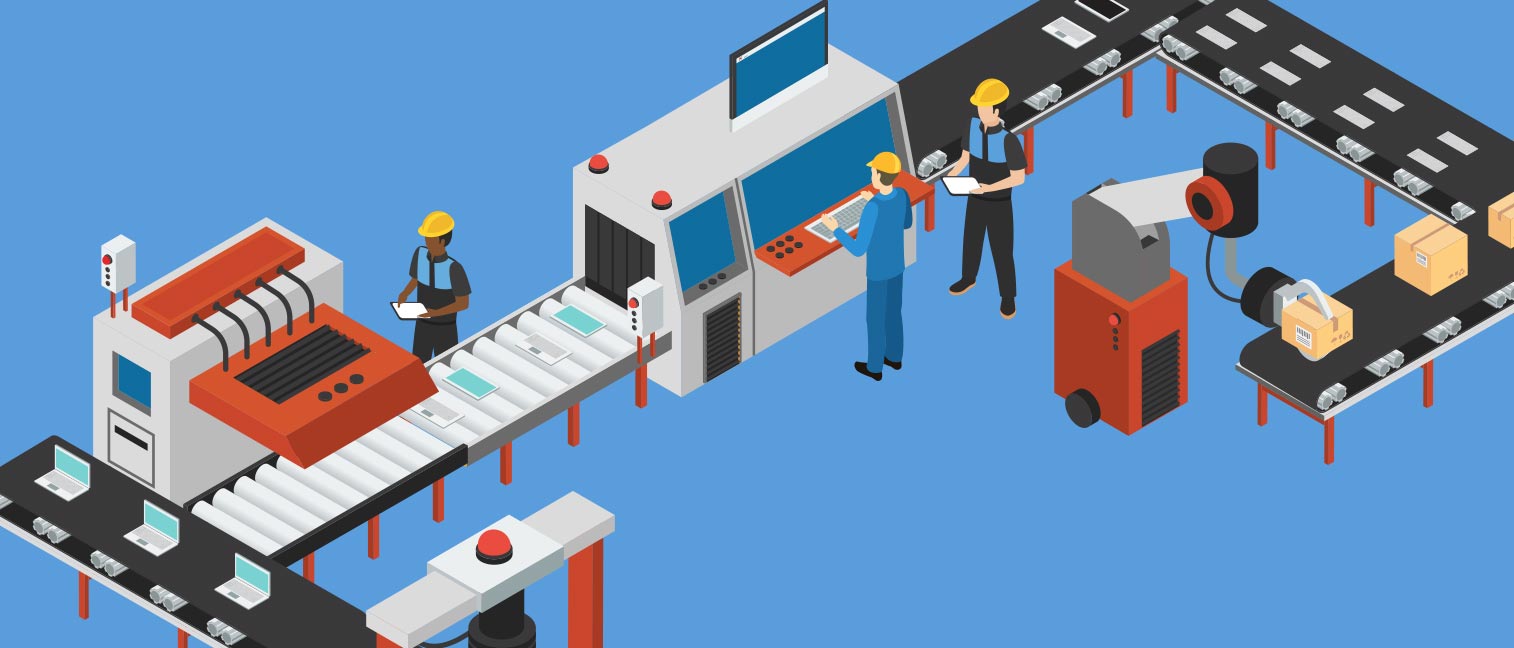In the manufacturing world, if you go to exhibitions, read the press or simply engage a conversation with a someone chances are you will always hear the same concerns: high costs, low margins and increased competition.
On the basis that you cannot reduce the quality of your product, there are 3 factors that can influence your costs and impact the business’ margin:
- Time and labour – the time used to make the goods and support the production;
- 3rd party costs – the goods and services you are buying to produce, or support the production of your end product;
- Inventory – the goods or services that can impact your financial statement for a given year even though you haven’t bought these goods or service within this given year.
Here are below the 3 ways you can reduce your costs and how to go about it.
Automation
From software that can process and pay invoices automatically to production lines fully automated requiring very little human interactions, it is very easy to reduce some very intensive labour function.
However, concerns are always on the rise with regards to the domination of the machine over humans.
Without entering into the debate whether or not this will impact negatively human lives, automation and use of Manufacturing 4.0 is the number one factor that companies can use to reduce their costs.
Although published some times ago, a paper from a Mexican university ( http s://www.ijac.org.uk/images/frontImages/gallery/Vol._1_No._4/7.pdf ) identified automation as the ultimate mean available for manufacturing SMEs to see a substantial and positive impact on their competitiveness against their international competitors.
One of the challenges for the SME market is obviously to be able to afford these technologies, that can some be very pricey.
Funding
Saying technology will save the world is one thing, but paying for it is not always easy.
We thought it would be useful for our UK readers to list a couple of ways you could finance the modernisation of your factory:
Supplier Cost Reduction
SMEs within the manufacturing sector, do not realise the money wasted in supplier spend.
We have recently finished a study of 326 UK manufacturing companies, based on their financial statements.
The average manufacturing company would increase their EBIT by 34% reducing their spend by only 3.4%. We were surprised ourselves as we were expecting the actual figure to be around 20%.
Incredible isn’t it?
Working with manufacturing company shows us that even though, from a certain level of turnover the direct spend (spend related to items and services that will go on the end product) is usually taken care of, the indirect spend, which represents in general 30% to 40%, is usually overlooked due to lack of resources and time.
However indirect spends (utilities, consumables, logistics, IT, marketing…) tend to deliver very high savings — usually in the range of 10-30% against an identified spend.
If seeking direct cost savings is a sure way to reduce cost, it is not the only way. Alternatives technics such as revenue stream generation through rebate or improved supplier relationship management can also contribute and even increase the quality of your service to your customer (but this is for another topic!)
Inventory – From Just In Case to Just on Time
How many times did you buy something “just in case”?
- Some extra PPE, “just in case”;
- some more paint “because we never know” or
- Countless stocks of parts because “we had a good deal”.
But now, its been 3 years and the PPE is there on the shelf, your parts do not support your current products and your paint has expired.
All these unused items weight on the inventory, which impacts your Cost of Sales and the companies’ profits.
A quick win for SMEs that cannot afford staff investigation on the efficiencies of their inventory is to look at vendor managed solution such as consignment stock, or vending machine (not ideal for every environment!). Working with your suppliers to set up stock levels and replenishment frequencies will help you switch from “Just in Case” to Just on Time.
On the technology side, we are seeing an increasing use of Artificial Intelligence, which with no doubt, will soon be available to SMEs.




